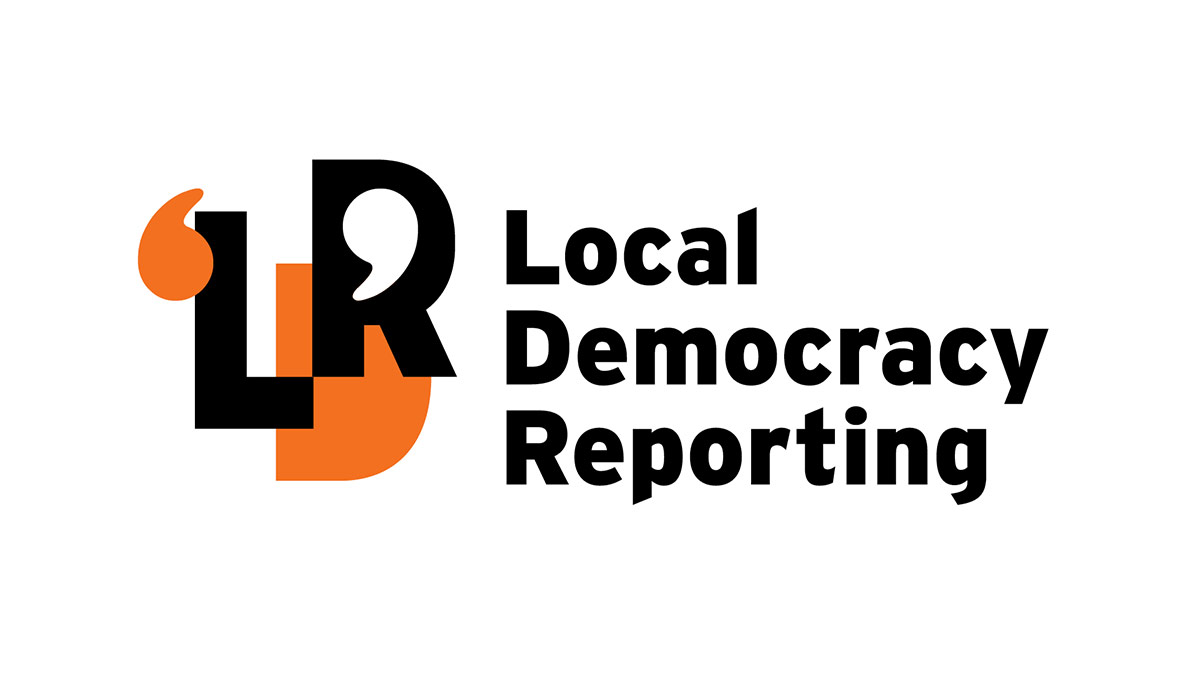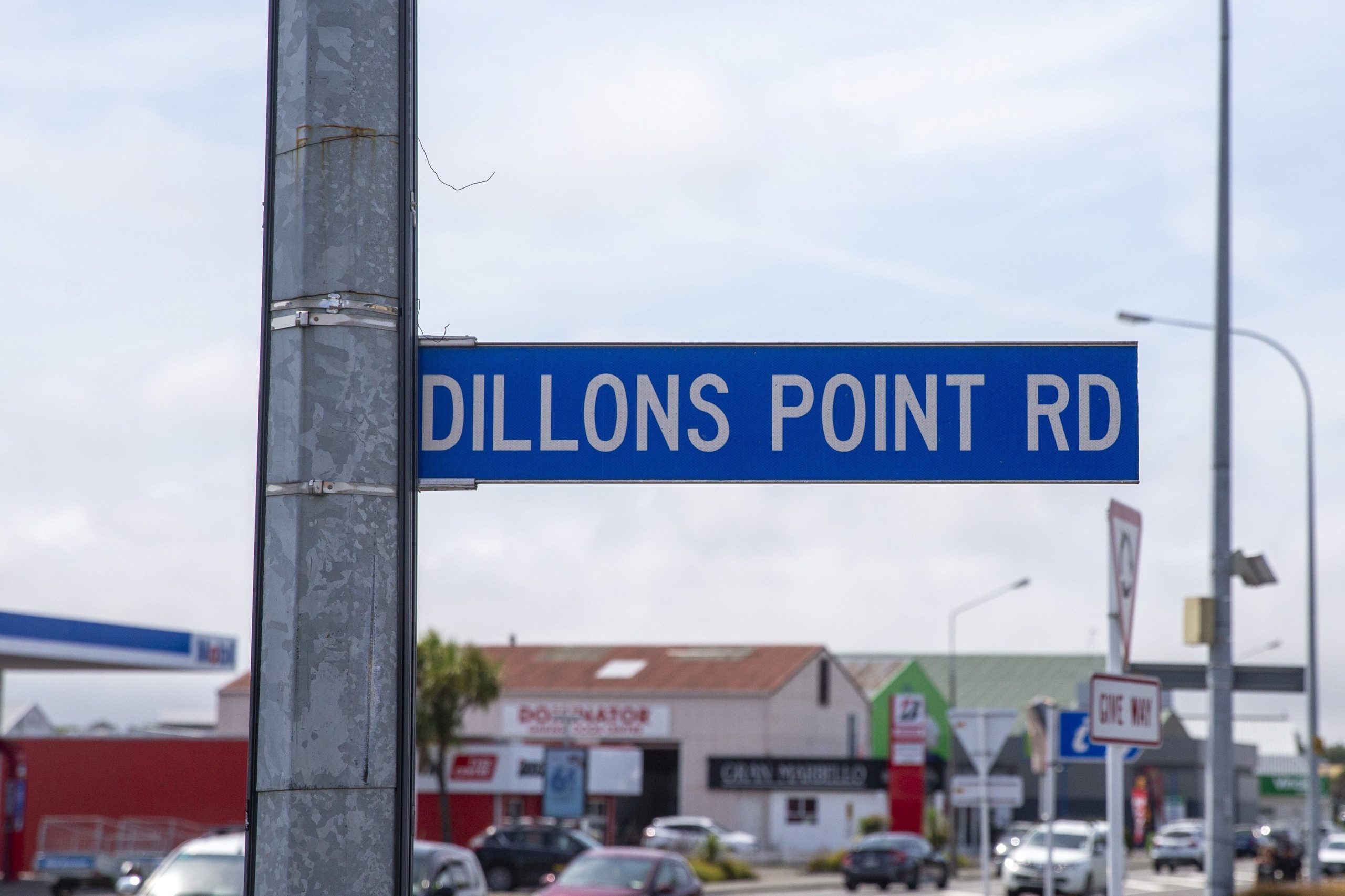Blenheim bypass bridge study mooted 15 years ago still on council’s to-do list


An investigation into the feasibility of a bypass that would start on Dillons Point Rd is on the council’s wishlist. Photo: Marlborough Express/Supplied
A study into whether a bridge should be built to help traffic bypass some of State Highway 1 in Blenheim is still on the council’s wishlist, more than 15 years after it was first suggested.
But the likelihood of any funding coming through for the project in the next three years is “extremely low”.
The proposed bridge, connecting Dillons Point Rd to State Highway 1 over the Ōpaoa River, could reduce traffic by up to 30 per cent according to the Wairau Plains Strategic Study in 2008.
The study ruled out a bypass for Blenheim, at least for the next 20 years, however Dillons Point Rd to Park Tce and then Main St/SH1 was said to be the best option in terms of cost and travel time savings.
But no environmental assessment had been carried out, and some 17 years later that was still the case.
The Marlborough Regional Land Transport Plan 2024-34 (RLTP), approved last year by the Marlborough District Council, mentioned a feasibility study, but it was on a list of about 35 other projects put to New Zealand Transport Agency Waka Kotahi (NZTA) for future funding consideration.
The RLTP said the 2008 study showed that a Blenheim bypass was not economically viable as a significant percentage of traffic volumes on SH1 in Blenheim was local traffic. An investigation report on SH1 released in 2020 had similar conclusions.

But the 2008 study showed a bridge over the Ōpaoa River at Dillons Point Rd could reduce traffic volumes on Sinclair St (SH1) by up to 30 per cent.
A detailed study and assessment, budgeted at $200,000, was needed to investigate feasibility.
But Laura Skilton, Marlborough Roads principal transport planner, said the likelihood of that funding coming through in the next three years was “extremely low”.
“NZTA encouraged councils to prepare ‘a long list’ of projects in case funding becomes available at a later date, or projects were fast tracked due to a change in circumstances,” Laura said.
Any state highway projects would need to meet NZTA priorities to get funding, she said.
The 2020 report, commissioned by the council, showed about 680 vehicles a day passed through Blenheim on SH1 without stopping, which was 8% of the 8600 drivers logged driving past Riverlands, south of Blenheim.

That meant a majority of drivers were turning off the highway around Blenheim. Traffic counts in and around central Blenheim recorded about 24,500 vehicles a day in total, the report said.
A person who submitted feedback to Marlborough’s annual plan, which closed to feedback last month, offered a different bypass idea, saying it was in the council’s best interest to create a “feeder road” that avoided central Blenheim.
“I believe the continuation of Vickerman St could join on to existing roading infrastructure in the Malthouse Rd area,” they said.
“For these improvements, only 1.33km of road would need to be laid as well as a new bridge over the Opawa River [sic].
“This new road design will create a secondary feeder road that avoids central Blenheim.”
A council spokesperson said it was too early in the annual plan process to comment on that submission but council staff would collate and analyse all feedback before developing recommendations to provide to the mayor and councillors for consideration.
LDR is local body journalism co-funded by RNZ and NZ On Air.

